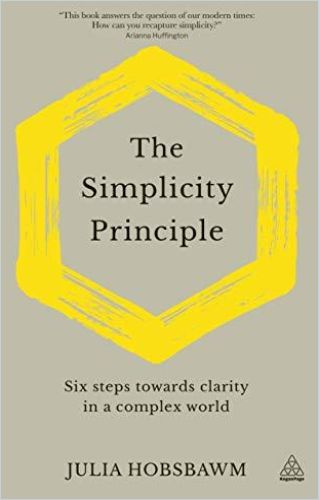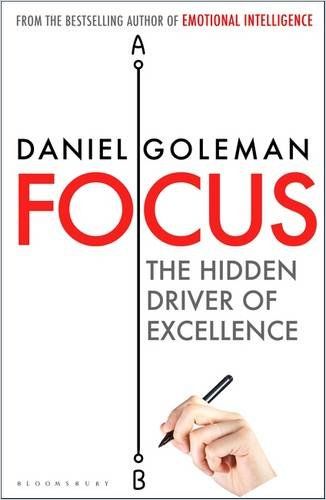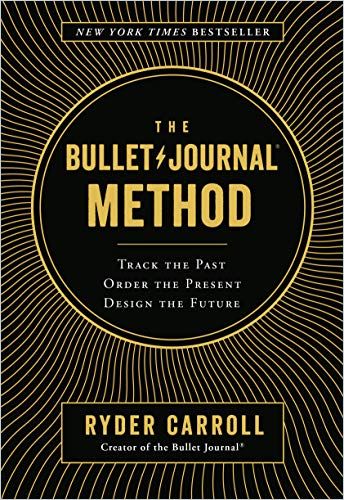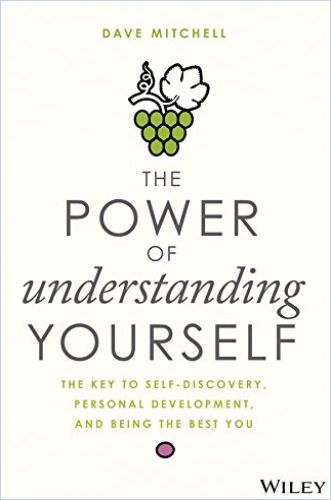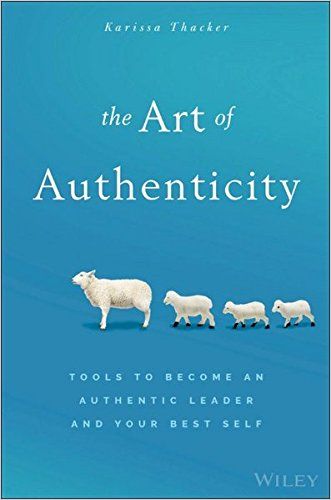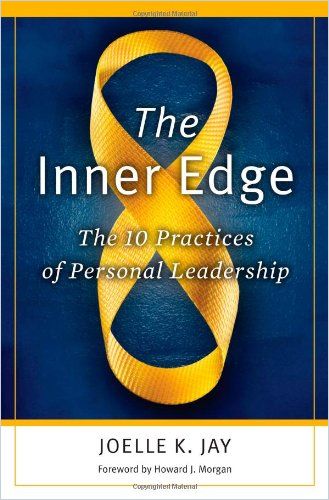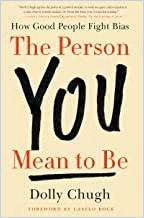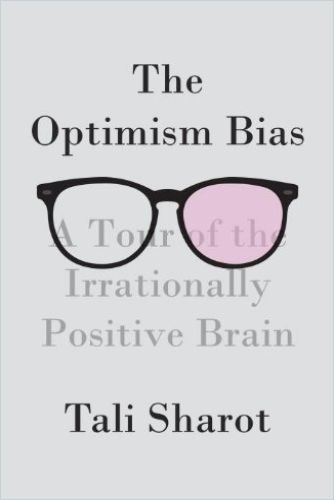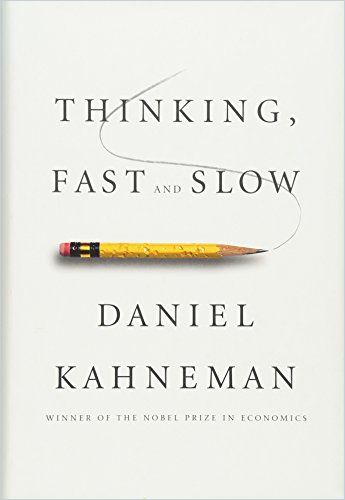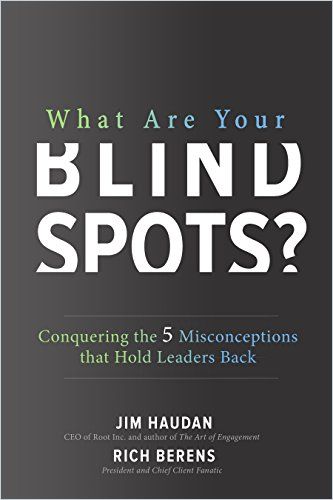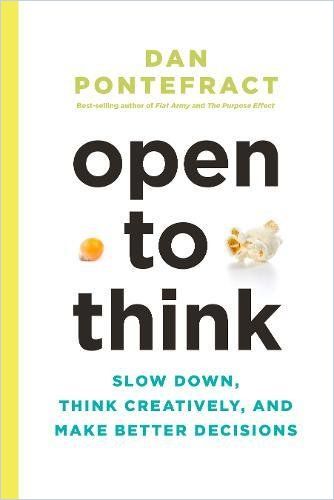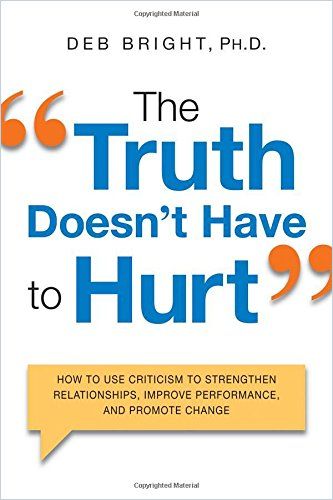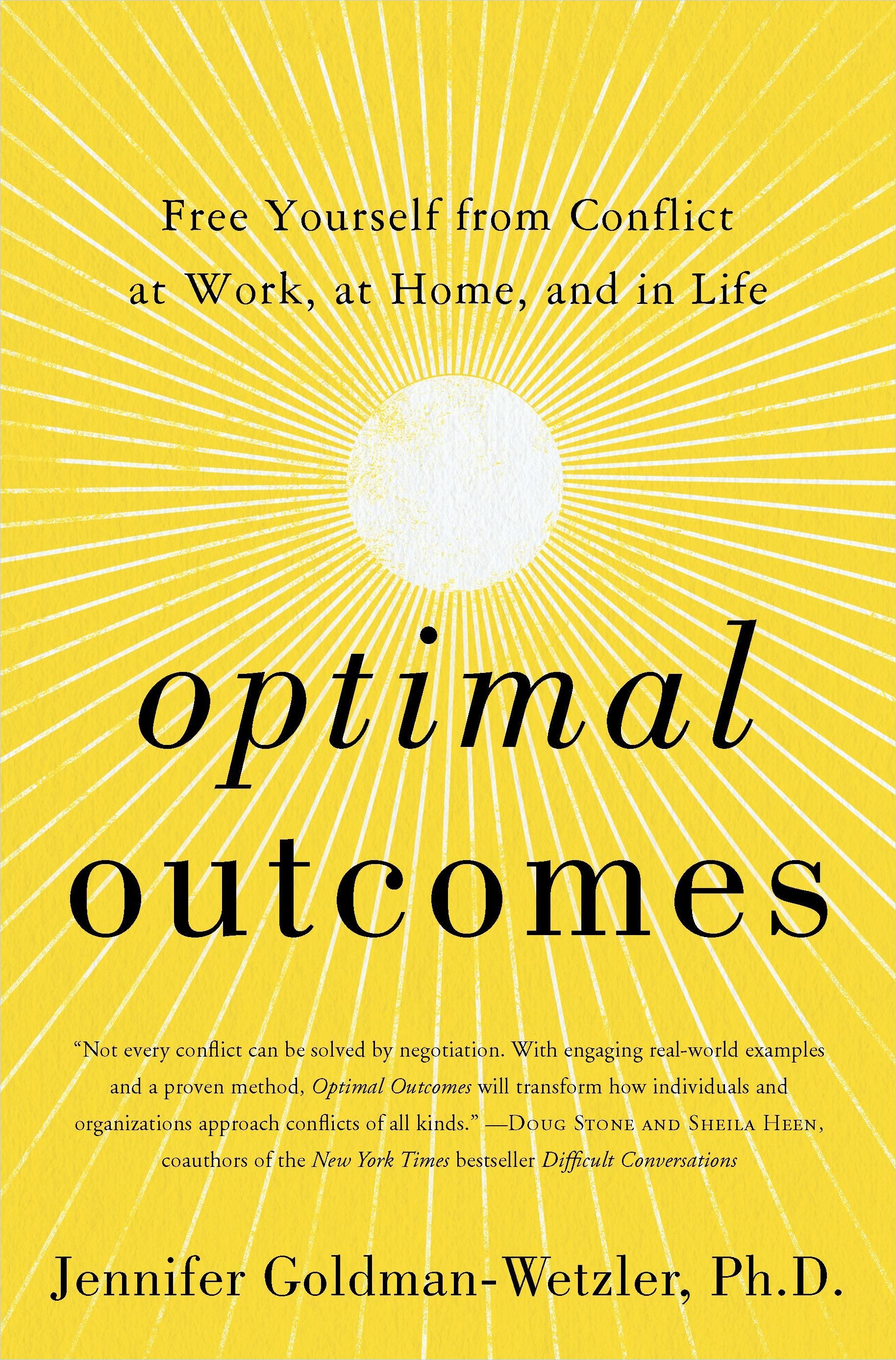How to Reduce Complexity

In How to Think Clearly, technology philosopher Tom Chatfield explains the surprisingly simple rule of thumb when it comes to coping with complexity: How would you explain an issue to a child? This simple question makes your private and work life easier, and if you ask it often enough, the problems that complex issues supposedly cause in your interactions will be reduced to a minimum.
Sure, Mueller from Sales is not a toddler. But it’s more than likely that he has a completely different background, expertise and attitude than you, who are currently trying to explain to him – let’s say – what opportunities and problems a digitized supply chain generates. To make this clear – to him and to all other colleagues – you should proceed with four steps.
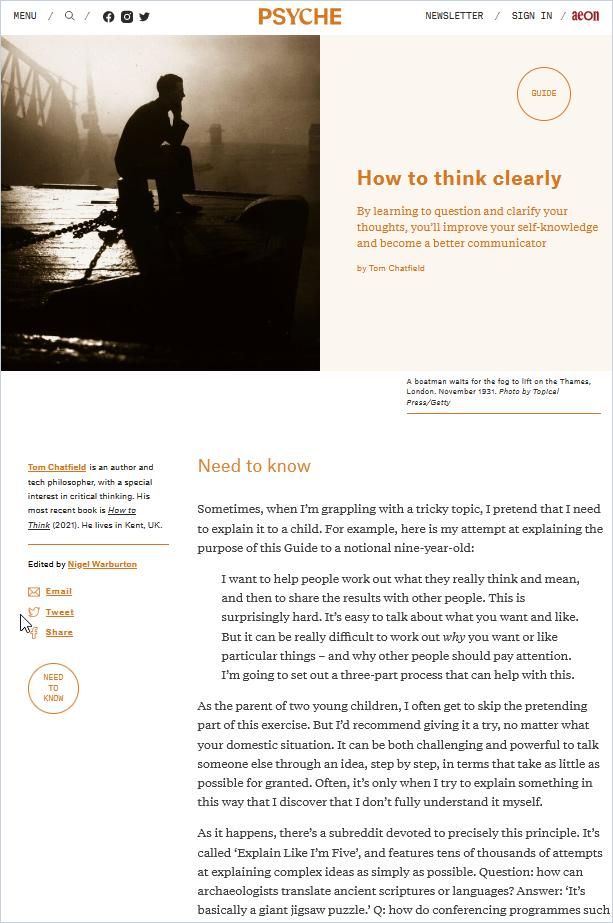
We explain the steps below, and because we are getAbstract, we also provide you with in-depth reading recommendations from our archive for each step. By the way, these are also written according to the credo of being as clear and simple as possible.
1. Take Stock of Your Thoughts
By employing this simple, iterative activity to clarify your thoughts, you gain a better understanding of your own reasoning process. You will uncover assumptions you hold that may interfere with clear thinking.
The point is not to find one absolute truth. Rather, the aim is to help you explain your stance to yourself so that you are better equipped to communicate your ideas to others. Before delving into the analysis process, take a moment to reflect. Try to relax. Notice how you feel.
Watch the flow of your thoughts as though you were an objective outsider. Identify any fears, regrets, recollections or other thoughts that spring up. These are the raw materials of your thought analysis.
2. Reflect on Why You Think the Way You Do
Create a numbered list to organize your thoughts sequentially, and try to summarize them with a conclusion. But instead of just accepting this simple conclusion, however, you should reflect on each claim leading to the conclusion, asking why you should accept the claim and what action to take as a result.
Put your claims under the spotlight. Do they hold water? Why, or why not? What follows from those claims? Then, pick apart those deductions. This step-by-step process, Chatfield explains, sheds the “layers of habit, confusion and self-justification” that cloud your thinking.
3. Examine Your Assumptions
Are you basing your claims on hard evidence, or on feelings and experience? Many of your claims will have deep roots in your assumptions: beliefs that may seem logical and self-explanatory to you, but which others might not share. Home in on and pick apart your personal assumptions.
Personal assumptions are, in fact, the foundations upon which individuals build their moral code. Deconstruct your personal assumptions, as well as opposing assumptions, and compare your findings.
Only then can you find common ground, identify faulty assumptions and embrace alternative viewpoints.
4. Recognize Gaps in Your Knowledge
Holes in your knowledge are more numerous than filled places. That is the nature of being human, even if you are a genius. By analyzing your thoughts, you display a willingness to justify your stance in a rational way and an open-mindedness to opposing ideas.
Engage in constructive conversations with others to gain perspective on your reasoning. This way you also show you are receptive to changing your mind or being wrong. Employ the “principle of charity” when locked in debate: Take the truth from what your opponents say, even when your opinions diverge.
Don’t suppose that your opponents disagree with you out of hatred or spite; instead, try to understand their perspectives. In a world that is often difficult to navigate – and where new rules apply regularly because change is so rapid – views and opinions that differ from your own are excellent opportunities to constantly rethink your own premises.
So, be honest about what you (maybe) don’t know. Always examine and pick apart your thoughts as though they were your opponents’ opinions.
Next Steps
Take a look at our related channels:

